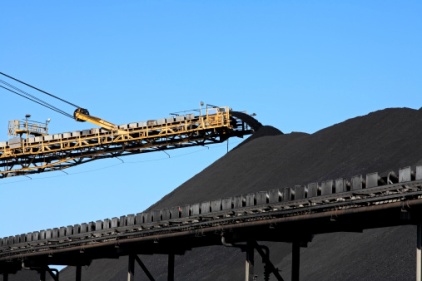For the past 40 years, NIOSH has conducted surveys and monitored trends in the prevalence of coal miners' pneumoconiosis (also known as black lung disease), including progressive massive fibrosis (PMF), the worst form of the disease. PMF is an advanced, debilitating, and lethal form of black lung with no cure and limited treatment options. NIOSH researchers note while the prevalence of this devastating disease in long-term underground miners had essentially been eliminated in the late 1990s, by 2012 it had rebounded to a level ten times higher than those 15 years earlier to levels not seen since the early 1970s.
The NIOSH researchers note that “excessive inhalation of coal mine dust is the sole cause of PMF in working coal miners, so this increase can only be the result of overexposures and/or increased toxicity stemming from changes in dust composition.” They conclude that “despite readily available dust control technology and best practices guidance, recent findings suggest dust exposures have not been adequately controlled and that a substantial portion of U.S. coal miners continue to develop PMF.”
Miner health advocates suggest that mine operators are placing coal dust monitors in areas where levels are substantially lower than the much higher and illegal levels that miners are actually exposed to. This allows mining companies to report much lower mine dust levels to MSHA resulting in a lack of MSHA enforcement.
Last April, MSHA adopted new limits on acceptable levels of coal dust exposure. The agency cut the level set more than 40 years earlier by 25 percent, from two milligrams of dust per cubic meter of air (mg/m3) to 1.5. While an improvement over the previous standard, MSHA had originally proposed a 50 percent cut in allowable exposures setting the level at 1 mg/m3, a level originally recommended by NIOSH in 1995.
MSHA compromised on the coal dust standard because the Obama administration was already taking heat from the mining industry and their allies in Congress over proposals to limit carbon dioxide emissions from new and current power plants -- limits that would significantly impact the use of coal as a fuel source.
MSHA’s revised coal dust exposure limit isn’t scheduled to take effect until August 2016. With respect to the 154 PMF cases in miners documented by NIOSH between 1998 and 2012, the researchers note that “each of these cases is a tragedy and represents a failure among all those responsible for preventing this severe disease.”



